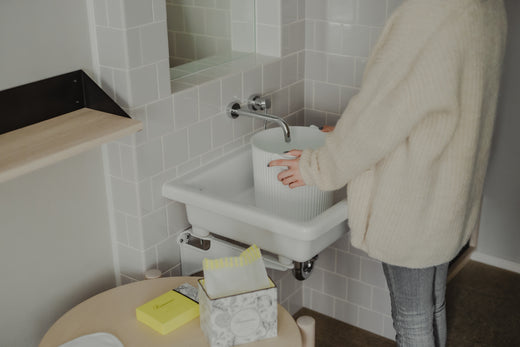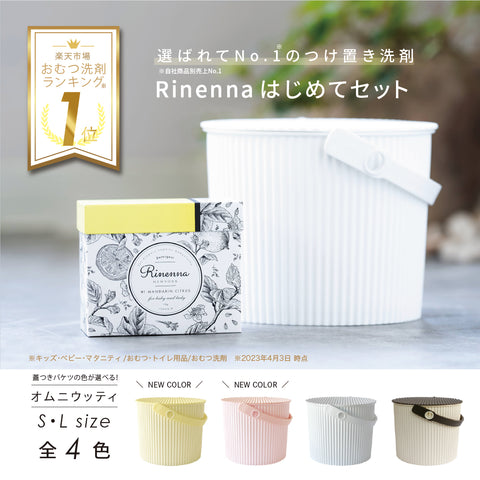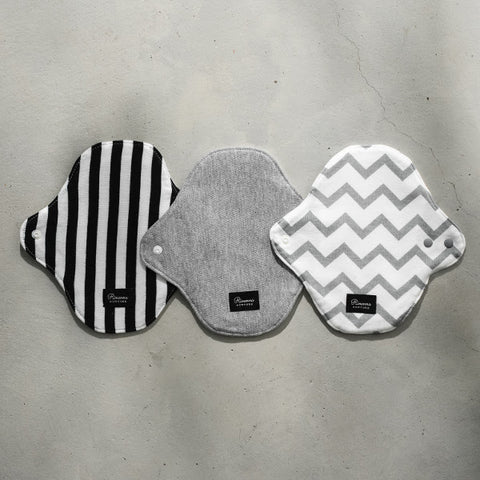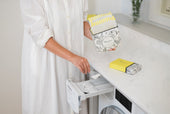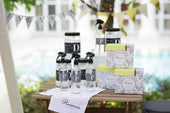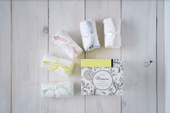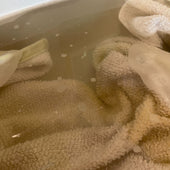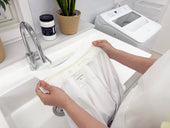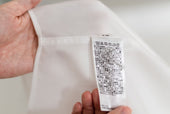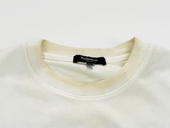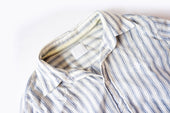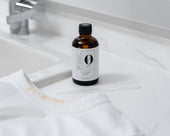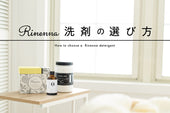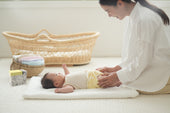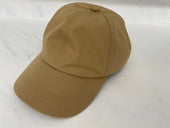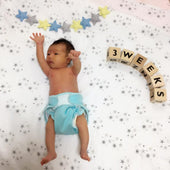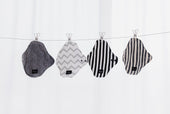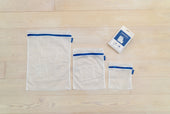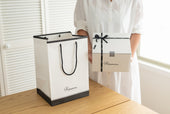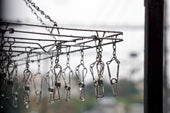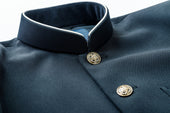Menstrual blood stains are one of the troublesome stains that can be difficult to clean even if you massage your skin.
If you leave menstrual blood stains on your underwear or clothes, they will solidify and become a stain that cannot be removed due to the deterioration of the fibers.
This time, we will introduce tips for easily removing menstrual blood stains that are difficult to remove.
By knowing the nature of blood stains and how to remove them, you will be able to easily remove them, so please use this as a reference.
“Blood is hard to remove when washed with warm water” is a lie.

Many people think that it is better to wash blood stains with water instead of hot water.
The main component of blood is protein .
The reason hot water is not recommended for blood stains is because these proteins coagulate due to heat, making them difficult to remove.
When removing blood stains, we recommend using a cleaning solution containing warm water of about 40℃ + detergent .
Using hot water increases the cleaning power of the detergent and makes it easier to remove stains.
Blood coagulates at 50-60°C and sticks to the fibers, so it is no good to use boiling water .
Remove any blood as soon as possible

Just as a scab forms when you are injured, blood stains oxidize and harden over time.
If the fibers of your clothing change due to oxidized blood, it will be difficult to remove them, so if you get stains, wash them with lukewarm water and a detergent solution before they dry .
For blood stains, we recommend an alkaline detergent with high cleaning power.
If you can't wash it right away, take first aid.
Dampen a handkerchief or towel, use hand soap if available, and dab to remove dirt.
As soon as you get home, wash your clothes with the soaking method described below.
For blood stains that have passed over time, soaking and washing is the correct solution.

For blood stains that have been around for a while, let's leave it on and wash it, then rub it in.
Oxidized blood stains can be chemically neutralized by using a contradictory alkaline detergent , making them easier to remove.
■Steps for soaking and washing
- Dissolve alkaline powder detergent in hot water of about 40℃.
- Put the blood-stained clothing in and gently rub it in.
- Leave it on for 30 minutes to 1 hour and wash.
- Wash it in the washing machine
*Please be sure to check the washing label before soaking.
*When putting clothes in the washing machine, wash them thoroughly with a small amount of clothes and rinse them at least twice.
*If the stain is heavy, leave it on for a longer time.
POINT When removing blood stains, we recommend using a cleaning solution containing warm water of about 40℃ + alkaline detergent. Blood will not coagulate if it is at a temperature similar to body temperature (about 40 degrees Celsius). |
If you want to easily and cleanly remove blood stains without rubbing, use Rinenna.

Blood stains are a special type of stain, so pre-treatment (massaging) is essential before putting them in the washing machine.
Rinenna detergent was developed to eliminate the hassle of pre-treatment and reduce the labor of housework.
Originally, it was formulated with proteolytic enzymes to remove poop stains from baby cloth diapers without having to massage them.
Blood stains also become protein stains, so if you use Rinenna, you can remove them without scrubbing.
Very easy to use!
- Dissolve Rinenna #1 well in hot water of about 40℃.
- Put the blood-stained clothing in and leave it for 30 to 1 hour before washing.
- Put the cleaning solution into the washing machine and wash.
It can remove not only menstrual blood stains, but also nosebleeds and sebum stains from the body, so it is convenient to keep it on hand to deal with all the dirt that comes from your family's body.
Points to note when removing blood stains
Wash immediately with water that is about bath temperature.
Blood stains become harder to remove as time passes as they dry.
If you leave it for a long time, it will coagulate and become an insoluble stain , so if you get blood on it, be sure to rub it before it dries.
When scrubbing, use a cleaning solution of hot water and detergent .
By using hot water that is about body temperature, the cleaning power of the detergent will be increased and stains will come off more easily.
It is better to use an alkaline detergent , which is strong against protein stains, to remove stains better.
Check the washing mark

Items with a cross written on the bucket cannot be washed at home.
Items with this mark cannot be washed at home, so please consult a cleaning shop.

Before washing with hot water, check the "pail mark" on the washing label.
The number inside the bucket is the upper limit of water temperature .
You cannot use hot water on clothes with this value set to 30.

If there is a hand in the bucket, it is a "hand wash" symbol.
Some models can be washed in the washing machine by setting it to the ``Home Cleaning Course'' or ``Stylish Clothes Course,'' so be sure to check the instruction manual for your washing machine!
When removing stains, move blood from the periphery to the center.
If you are unable to wash the area immediately and need first aid, start by dabbing the dirty area from the outside to the inside.
If you hit from the inside out, the stain may spread or remain.
If menstrual blood leaks frequently, check the cause.
So far, we have explained how to remove blood stains, but menstrual blood stains during menstruation are a familiar and troublesome thing for women.
Stains from menstrual blood can also be removed using the methods introduced above, but if you are having trouble with frequent leaks, please reconsider the cause.
I would be happy if I could help make the menstrual period, which takes up 1/4 of a woman's life, more comfortable.
Let's review sanitary products

In addition to paper napkins, there are an increasing number of options for sanitary products such as tampons, absorbent panties, and menstrual cups.
It is also important to update your sanitary products to suit your concerns and lifestyle.
If you suffer from coldness or skin problems, please try cloth napkins .
Rinenna's cloth napkins are made from the same premium cotton used in baby cloth diapers, and are carefully sewn by craftsmen one by one.
It's fluffy and warm, and is recommended for warming up.
| Are cloth napkins a hassle? Explaining the difference from paper napkins, how to wash them, and their benefits for menstrual pain and warmth. |
wearing loose underwear

If you leak frequently, your underwear may not be the right fit.
Make good use of sanitary shorts and water-absorbing shorts that don't leak and fit well.
Change sanitary products frequently
Recently, many sanitary products that can be used for up to ● hours have been released due to product improvements, but it is important to replace them frequently to prevent discomfort, skin problems, and leakage caused by menstrual blood and bacteria.
In the case of paper napkins, change them once every 2 to 3 hours during the day, and change tampons once every 4 to 8 hours, even on days when your menstrual flow is low, to keep them clean.
Don't be afraid of menstrual blood stains that are difficult to remove!

